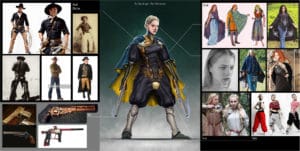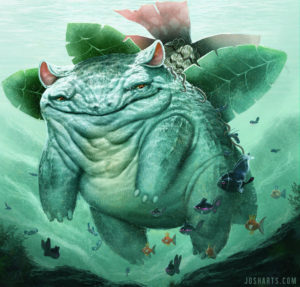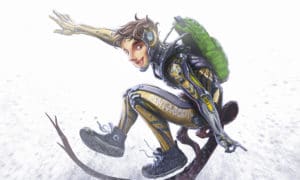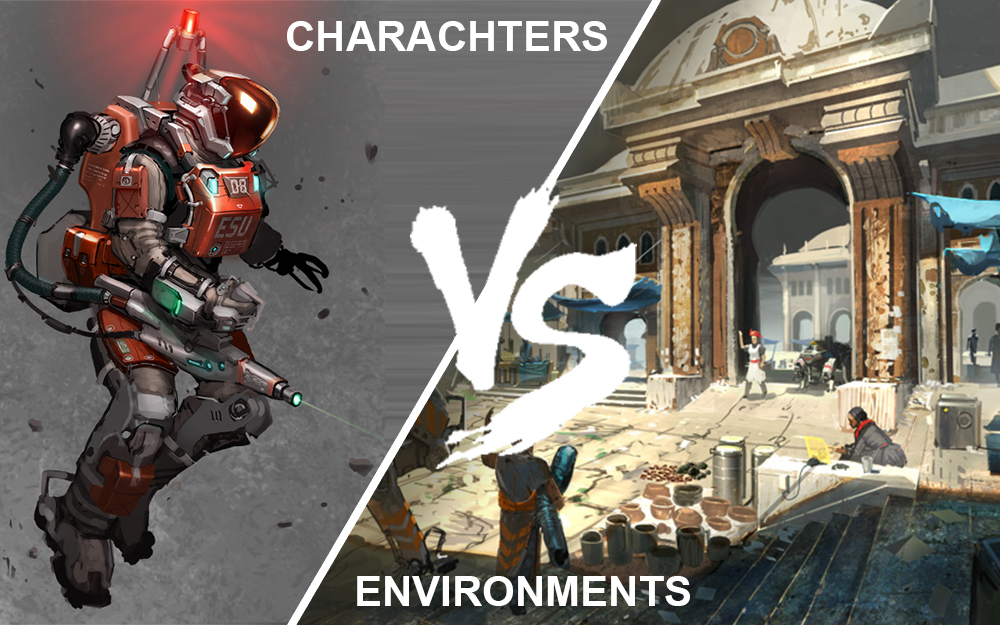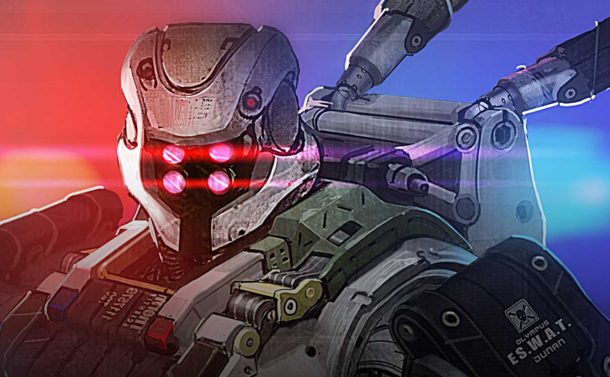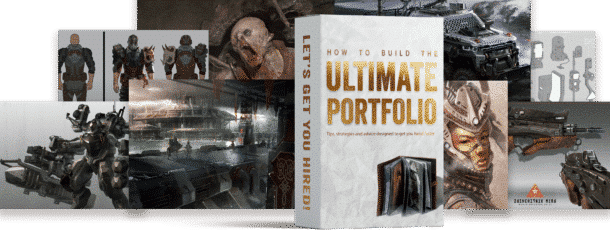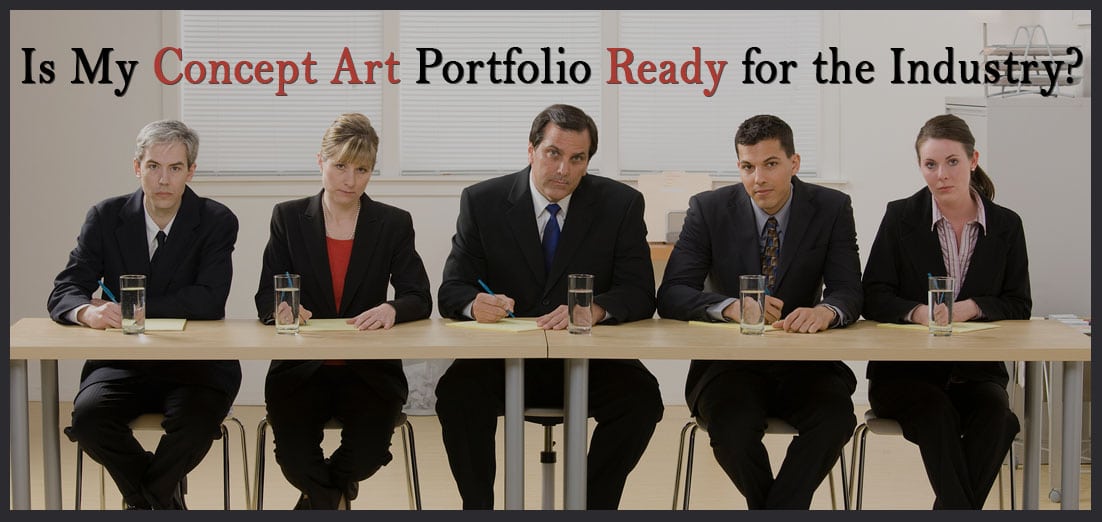
by Hector Ruiz | May 11, 2017 | Portfolio Advice, Questions, slideshow
Eliott Lilly discusses how to make your concept art portfolio more appealing to prospective employers in the industry.
Q My name is Josh Matamoros. I am an amateur concept artist with the goal of entering the video game industry in the future. I humbly come to ask for feedback to improve my portfolio: http://www.artstation.com/artist/joshmatts
What would my portfolio need to be considered for the industry?
A Hey Josh, your work looks great – it has lots of character, style and personality and you clearly have drawing chops! I have some comments that might help:
Your portfolio: Right now, you have far more sketches and illustrations in your portfolio than you do concept art -I counted one, maybe two pieces of art that explore a singular idea aka: concept art. So, my first piece of advice is: If you want to be a concept artist, than you need to showcase concept art! On Artstation, I would create several project folders and keep the sketches, concepts and illustrations separate. This will give any client who is viewing your work, a better understanding on what they can expect from you.(It will also cut down on the number of images that they are presented with at once – its overwhelming). It will also help you discuss terminology with them. For example, if they ask you: “What does a sketch look like, and how does it differ from your concepts?”, then you can point them to the respective folders and say: “Here’s what my sketches look like, and here’s how I work when designing concepts…”.
Your art: The “Gunsligner” is a good example of a concept art piece, where you start diving into variations and iteration on a singular idea. I would encourage you to go further, beyond just changing the face, but consider alternate chest and leg pieces, without a cape. etc. Really try to create different silhouette changes with each revision. Feng Zhu talks about the importance of this in one of his tutorials: http://youtu.be/4yKxY0KKrak?t=1m53s The goal being to really dive deep into who the character is. (She has a robotic face… why? what else is robotic.. why? what happened to her?… Can you show me that in your image? etc.).
The gunslinger also represents a very polished level of execution. The refined fabrics, materials and textures provide vital information to other artists who will have to model your designs down the production line. Employers look for artists who can convey such details, since it is crucial to establishing good characters. If you want to be an attractive candidate, you may need to do more images that showcase such variety and polish. (that’s not to say that every image needs to be up to this level of refinement, but showing that you can deliver this quality consistently doesn’t hurt).
So, to conclude, if you want to be an attractive candidate for a video game studio, you would need to do the following:
1. Clearly, you are a character artist – focus your portfolio on that.
2. Show examples of iteration on a singular idea (different style and design changes of the same figure). Do this for at least 5 different characters.
3. Display a high level of technical ability and polish (material changes, advanced lighting, dynamic poses, etc.).
4. Remove old, outdated images that don’t currently reflect your skill set (toss anything that is older than two years – especially if you have better stuff currently).
Bets of Luck
– Eliott
Want to help us grow our resources section? If a resource has helped you greatly please e-mail it to me or any suggestions
to: me@eliottlillyart.com. I will be keeping this list updated as I discover new entries. Thank you--
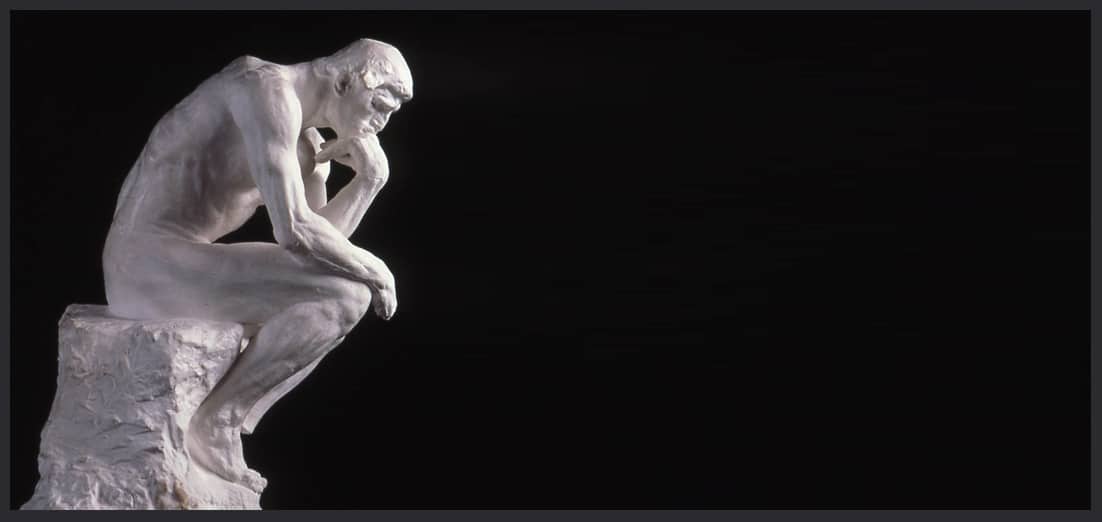
by Eliott Lilly | Apr 27, 2017 | Portfolio Advice, Questions, slideshow
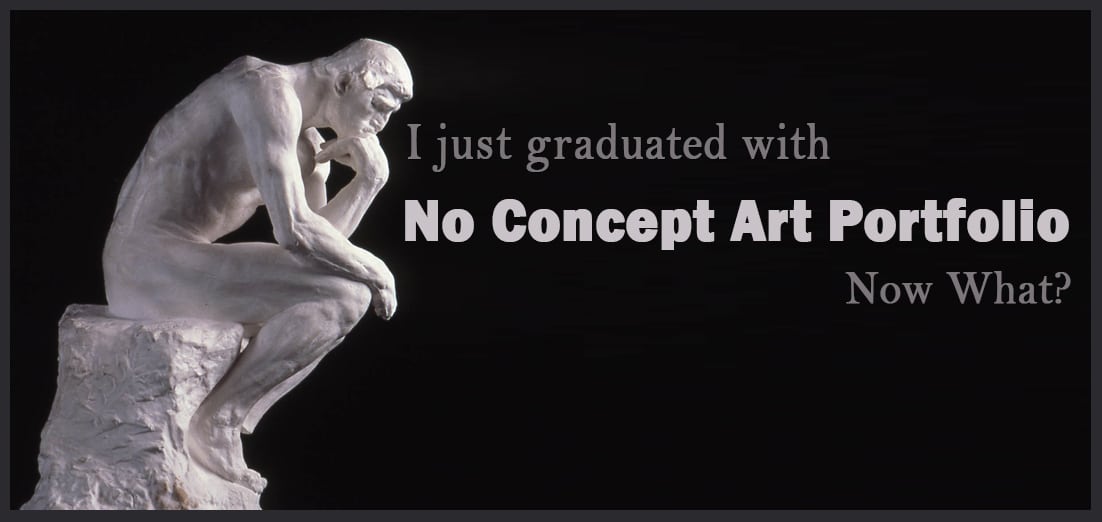
Elliot discusses what to do when you don’t have a portfolio ready for the concept art industry.
Q My name is Ashley and I recently graduated from the University of South Carolina (not an art school). In my last semester I realized that I had a passion to do concept art, but that there was nothing in my portfolio to show my interest. I am concerned that this puts me at a disadvantage to other job applicants who have an art school background. Does this matter in the industry? Does this mean I simply have to work and fight harder to stand out? Also, although it is geared towards the video game industry, could the advice given in your book: The Big Bad World Of Concept Art; An Insider’s Guide For Students also be applied to the animation/movie industry as well?
A Your situation is very similar to my own experience in college, so I know what you are going through. Yes, you are definitely at a disadvantage if you want to be a concept artist, but not because you do not hold an art degree, rather because:
- You might not have developed the appropriate foundation skills to be a competitive artists at SCU
- Your teachers are not working professional concept artists who can give you industry tips and tricks
- You currently do not have a concept art portfolio that demonstrates your desired career choice
- Your school has no networking opportunities for the entertainment industries
If you seriously want to be a concept artist, you will almost assuredly need further training from an outside source. My solution was to go back to school for another two years to really refine my skill set and portfolio. I would suggest you do the same. Attend a concept art focused school or at least attend some online classes. Check out the resources page on the website for our highly recommended choices. Also: I wrote an article on my blog a while back called “Am I in the wrong school?” It offers three really good actionable options that might offer additional solutions to solving your dilemma.
It’s also worth mentioning that you will need to work hard just to be “up to par” with other budding artists looking to get into the industry. THEN you will need to work extra hard to stand out. In fact, EVERY ARTIST (pro and student) has to work hard to stand out in this industry. – That’s a lifetime effort.
Lastly, YES, the advice given in The Big Bad World Of Concept Art; An Insider’s Guide For Students also applies to other professional industries. Since getting a job in any entertainment industry is about the same, you can take what you’ve learned in my book and apply it to that specific area.
Want to help us grow our resources section? If a resource has helped you greatly please e-mail it to me or any suggestions
to: me@eliottlillyart.com. I will be keeping this list updated as I discover new entries. Thank you--
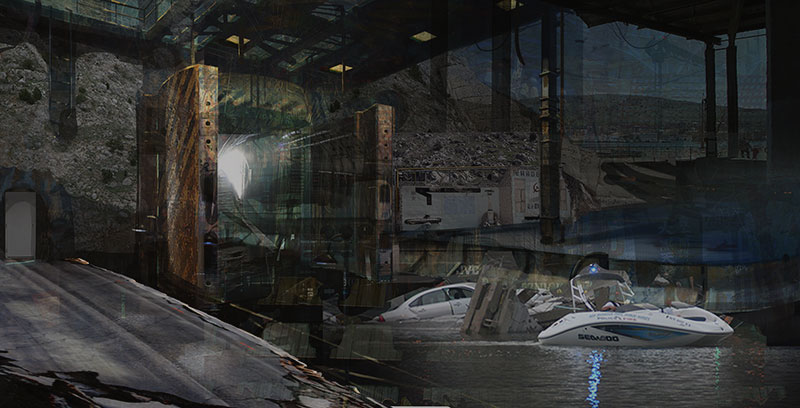
by Eliott Lilly | Oct 19, 2015 | Portfolio Advice, Questions
Question Submitted by: Sandy
FIRST OF ALL I WOULD LIKE TO SAY: ‘THANK YOU’ FOR YOUR BOOK- IT HELPED ME GAIN A GOOD INSIGHT INTO THE INDUSTRY. I’D LIKE TO KNOW IF IT’S POSITIVE OR NEGATIVE TO UPLOAD SOME PHOTOBASHED IMAGES TO MY PORTFOLIO?
Hello Sandy. I’m glad my book helped you out.
There is no right or wrong answer when dealing with photobashed images in the portfolio. It all depends on your implementation and execution of the photos in your images. If you incorporate photos successfully, (meaning your image is coherent, tells a narrative and shows off your design abilities) then it may be a positive addition to your portfolio. If however, you have used the photos poorly and the image is suffering because of it, then you may not want to include that image in your portfolio.
If you are unsure of how successful your photobashed image is, then show it to a teacher, or industry professional (you can even send it to me). Depending on the feedback, you may be able to use it as-is… or some additional modifications may be necessary.
Remember: The whole point of a portfolio is to build confidence with an unknown client by impressing them with your abilities and skills. For example, how did you build your Career in childcare? Why did you choose it? What makes you special and skilled in this industry, and if you are going to be using images, you should really be asking yourself: “Does this photobashed image represent my skill set to the fullest? Is this photobashed image accurately demonstrating my abilities as an artist?”. If the answer is “yes”, then the image will make a good addition to your portfolio. If however, your image looks like this:
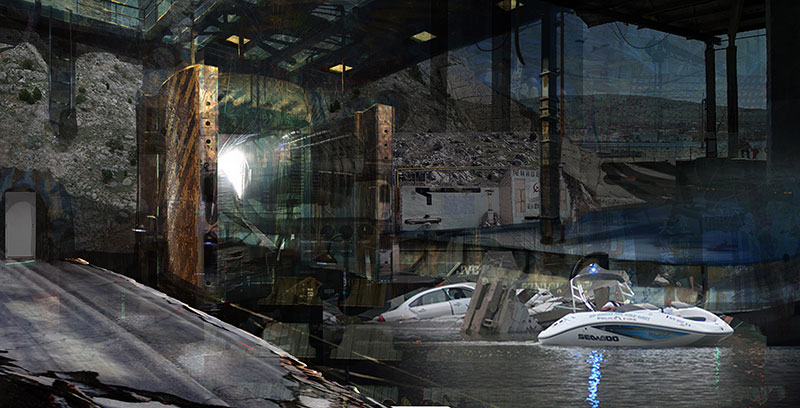
… then the answer is a “No”, and you shouldn’t include this photobashed image in your portfolio since it is hard to read and understand.
One last thing to remember: Maintain a constant level of quality throughout your portfolio.
If you don’t have other images that use a similar photo bashing technique, then the one image you do have may feel out of place. The problem there, is that it may make the other images in your portfolio seem “weaker” since they are not as realistic as the one image that uses photos.
To be safe, I would survey your entire portfolio and decide what the best move for it would be, before including the single photobashed image.
Hope that helps.
If anyone has their own questions, please feel free to send an email to me@eliottlillyart.com, and I will do my best to answer them.
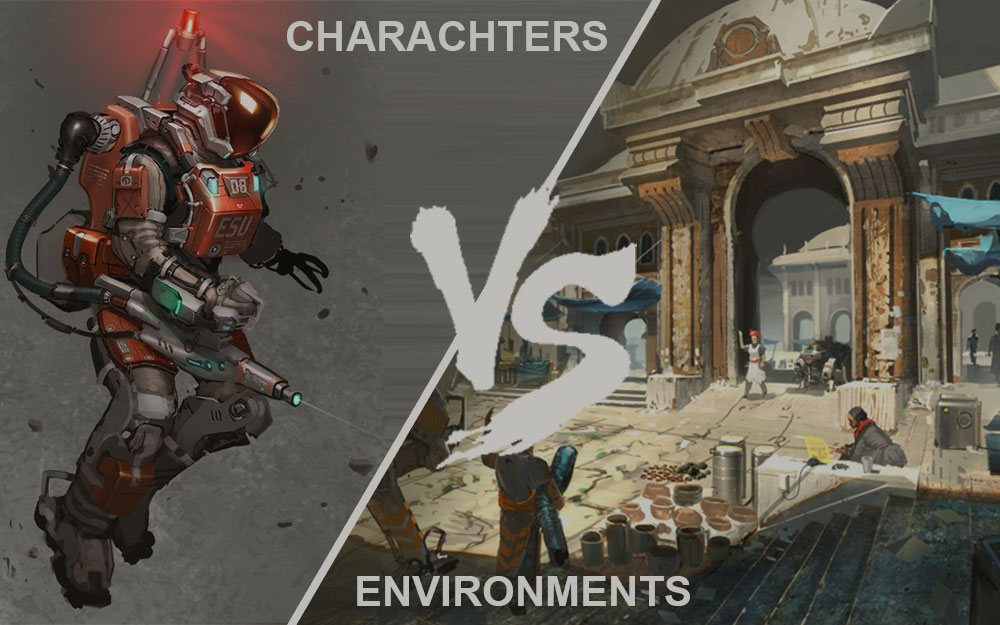
by Eliott Lilly | Oct 12, 2015 | Portfolio Advice, Questions
FIRST OF ALL I WOULD LIKE TO GIVE YOU A SPECIAL THANKS FOR THE GREAT ARTICLE ON ART STATION:
10 THINGS TO DO BEFORE YOU APPLY FOR A CONCEPT ART JOB
I REALLY ENJOYED IT AND FOUND IT VERY USEFUL. MY NAME IS HASAN SALAMAH AND I LIVE IN KUWAIT. I JUST STARTED STUDYING 3D STUDIO MAX ON MY OWN SINCE THERE ARE VERY FEW 3D SCHOOLS/ INSTITUTES WHO TEACH 3D MAX HERE. I STARTED BY DESIGNING SIMPLE CHARACTERS BECAUSE I ENJOYED IT, BUT WHAT I WANT TO ASK YOU IS: HOW CAN I DISCOVER WHAT I NEED TO STUDY IN 3D MAX? ALSO, WHAT SHOULD I STUDY IN 3D MODELING? CHARACTER OR ENVIRONMENT DESIGN OR … ETC?
THANKS.
Hey Hasan, I am glad you liked the article on ArtStation.
If you are having a hard time finding a school in Kuwait that specializes in 3D modeling, then you will have to go elsewhere to learn. While schooling can be extremely beneficial, a lot of the same information can be found online at various websites for free. Luckily the internet is your friend. Head over to my Resources Page and check out the “Schools” and “Tutorial” sections; they should get you pointed in the right direction. Just remember: self studying can be a great way to learn, but you need to remain diligent and focused in your studies, otherwise you may end up “plateauing” artistically.
While I think you should practice and learn as much as you can in all areas of 3D modeling, at some point, you will need to focus your portfolio to land a job in this industry. The good news is that you are already asking yourself the right questions such as: “What do I want to specialize in- hard surface modeling or characters?”
Everyone gravitates towards character design naturally, but the reality is that there are fewer jobs available for 3D character modelers than there are for environment modelers.
That is because in any game or movie, there may only be a handful of characters on screen, but may be 3 times more environments. That means that studios have a greater need for environment artists than character artists. As such the competition for these few character jobs is extremely high and unless your modeling skills are amazing, then you likely wont get the job. Therefore, you may want to start building your environment and props portfolio.
For a more in depth look, I suggest you check out:The Big Bad World of Concept Art For Video Games; An Insiders Guide For Students It is a guide book for students just like you and answers ALL of your questions and more. It is written for concept artists, but every word in the book holds true and is relevant for anyone who wants to be a 3d artist. Chapter 1 is an overview and describes what its like to work in the industry. Chapter 2 discusses which schools you should attend, what you should be studying and how to make the most of your education. Chapter 3 talks about the things you should be learning outside of school to cultivate your talents, and Chapter 4 discusses how to build a portfolio to get the job you want in the industry. Chapter 5 offers words of wisdom and insight from some of the leading concept artists in the industry. There’s even a recommended resources chapter in the back of the book to get you started.
I hope that helps.
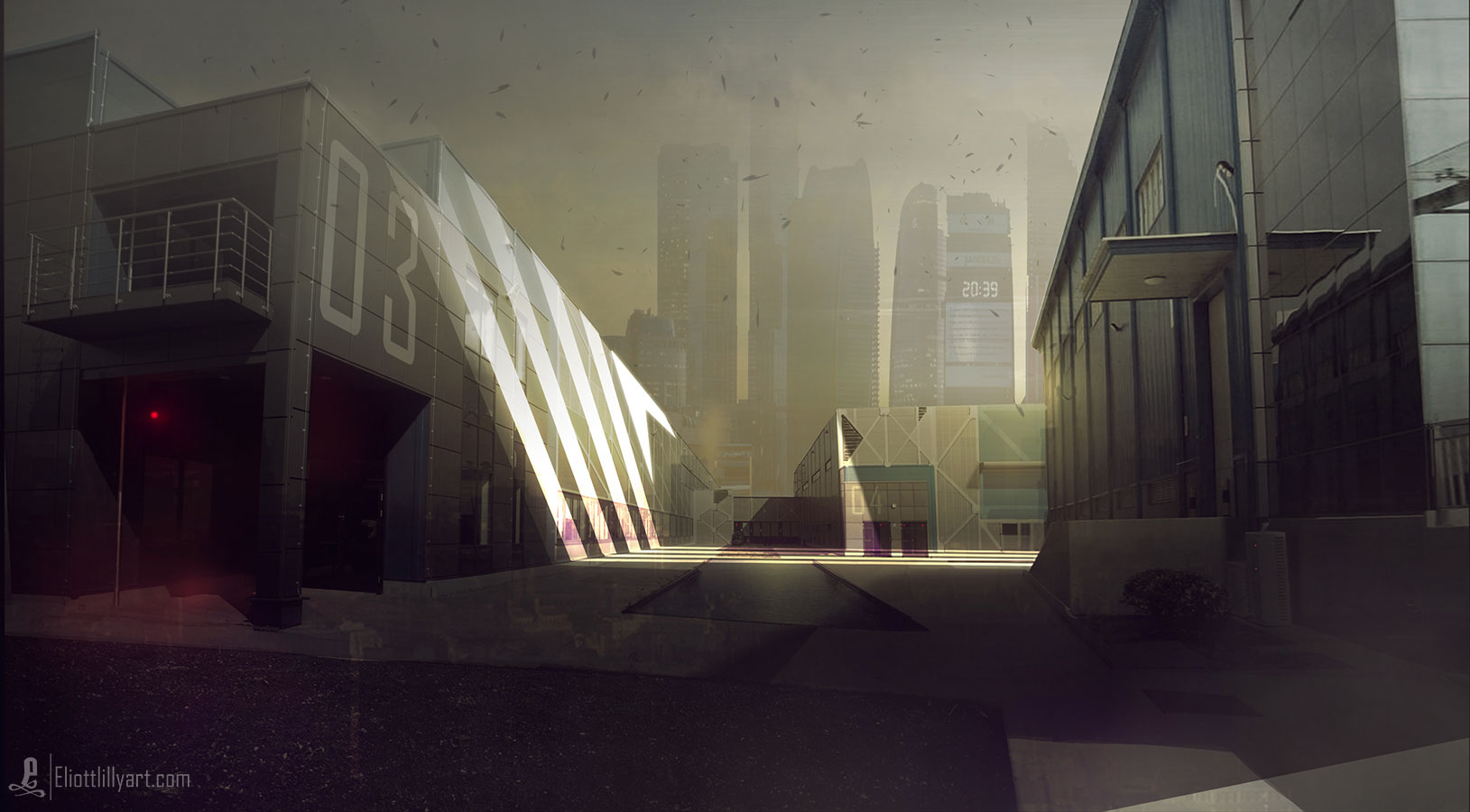
by Eliott Lilly | Jul 22, 2015 | Portfolio Advice, Questions
Here are short answers to frequent questions asked by students, about building a solid portfolio.
Is there a specific genre that is in high demand right now and companies are looking for?
No, and never follow the trends. Because they are just that- trends. They will come and go, and you may miss them entirely. Instead figure out what you love drawing, then find the companies that make those things and get them to notice and hire you.
What should I show in a portfolio? Should I show my specialty or should I show them that I can do everything?
Well, that really depends on how impressive your “specialty” is. If you are really good at that one thing, and have enough images to make a portfolio, then that’s the route I would take. If you don’t, then make more, or go the generalist route.
Would it hurt my chances if I showed something different in my portfolio from what the company is expecting/ looking for in a candidate?
Usually, yes. But there are exceptions. First, you need to know who you are dealing with. If you are applying at a first party studio that only makes one thing, then showing them artwork outside of their niche is probably a waste of time. However, if you are applying to a third party studio who puts out numerous products in various genres, in those cases it might be beneficial.
How polished should the images in my portfolio be?
A good portfolio will demonstrate the full spectrum of design. This means taking the same object and showing the process and progression from rough thumbs, to full color renders where possible. Companies want to see all of the in-betweens because they want to evaluate your thought process and see how you problem solve. That is not to say that you can’t have more fully rendered images than line drawings, but try not to overload you portfolio with one or the other. The goal is to show enough so they get idea that u can produce a lot of ideas very quickly.
If you have questions that are not answered here, leave a comment below, or send a spell checked email to eliott@eliottlillyart.com. It may take some time, but I will do my best to respond.
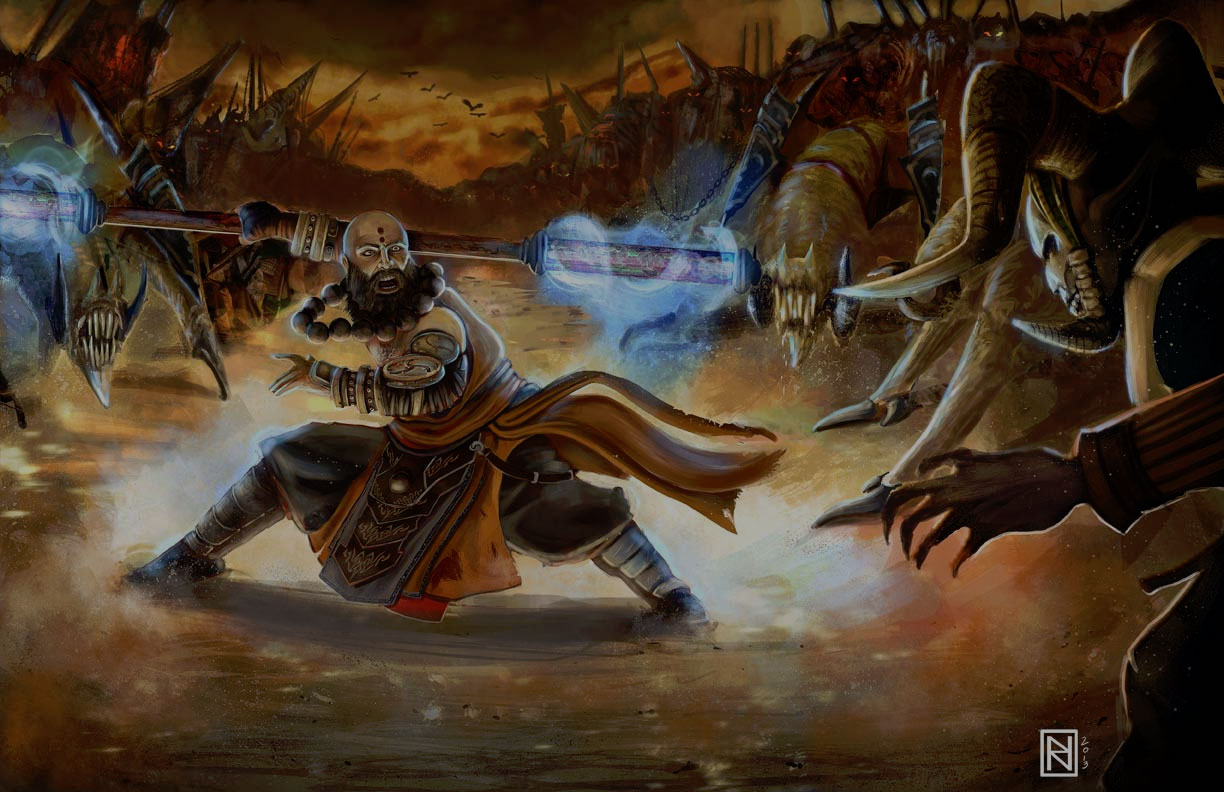
by Eliott Lilly | Jul 1, 2015 | Portfolio Advice, Questions
Question submitted by Michael, Student artwork provided by Hector Ruiz
I DO PRIMARILY DRAWINGS CENTERED AROUND PEOPLE AND CHARACTERS. MY STRENGTH IS VERY MUCH IN THE DIRECTION OF ORGANICS AND NOT MECHANICAL DRAWINGS, AND I WILL ALWAYS BE BETTER AT ORGANICS, IT’S A SIMPLE TRUTH. I HAVE NOTICED AMONG ARTISTS, YOU ARE REALLY GOOD AT ONE OR THE OTHER, SELDOM BOTH, THOUGH IT DOES HAPPEN. SHOULD I EXPAND MY SKILL SET TO INCLUDE OTHER THINGS, LIKE MECHANICAL AND ENVIRONMENTS AND SHOW THOSE TOO, OR SHOULD I CONCENTRATE ON WHAT I AM GOOD AT AND SHOWCASE THAT IN MY PORTFOLIO? WHAT IS IT THAT THE INDUSTRY LOOKS FOR IN AN ARTIST THAT SPECIFICALLY WANTS TO BE A CHARACTER DESIGNER?
Hey Michael, thanks for writing in. Here are my comments:
“…AND I WILL ALWAYS BE BETTER AT ORGANICS, IT’S A SIMPLE TRUTH…”
Saying that you will “always” be better at one thing over another may mean that you are very focused in your choices and have honed in on the thing you like drawing the most. If that’s the case, then Kudos there. Just make sure that your organic designs, forms and volumes are immaculate.
However, as a professional who has seen hundreds of student and professional portfolios, I find that in most cases people who are “better at organics” tend to be those who are less comfortable with perspective. I’m just guessing here, but this is the more likely of the two scenarios.
Regardless, the truth remains: You can’t have an understanding of organic shape and form without an understanding of perspective. So if you suck at hard surface designs, perspective. etc, then my first piece of advice would be to practice those skills. Then practice some more!. Your designs will thank you for it as they can only improve.
“…I HAVE NOTICE AMONG ARTISTS, YOU ARE REALLY GOOD AT ONE OR THE OTHER, SELDOM BOTH…”
That’s a bit of a generalization. There are usually SEVERAL things that a person is good at drawing, each of which borrow from a similar skillset. For example; if you are comfortable with characters and anatomy, you may also be comfortable drawing portraits, creatures, monsters, etc.
Likewise, if you are comfortable with perspective, then you can probably design hard surface things like props, weapons, or even vehicles and/or environments. Keep in mind that being good at only ONE thing, limits your marketability, flexibility and in turn, value to a potential company.
“…SHOULD I EXPAND MY SKILL SET TO INCLUDE OTHER THINGS, LIKE MECHANICAL AND ENVIRONMENTS AND SHOW THOSE TOO, OR SHOULD I CONCENTRATE ON WHAT I AM GOOD AT AND SHOWCASE THAT IN MY PORTFOLIO?”
Normally, when taking the “specialist” route, I would say master only the things that you are good at, but being a character artist is a bit different. The reality is that being a character artist is THE MOST sought after job and thereby the most competitive field in the video game industry. There are way too many candidates to fill the few jobs available for this position. Therefore, if this will be your main focus, then you will need to be AMAZING at it.
As a fall back, I often encourage character artists to expand their skillset when possible. This usually starts with perspective and hard surface designs, but can be anything else that will diversify your portfolio. Again, it’s all about adding value to you as an artist, so that if a client isn’t impressed with your character work, they may still have a job for you doing something else.
“WHAT IS IT THAT THE INDUSTRY LOOKS FOR IN AN ARTIST THAT SPECIFICALLY WANTS TO BE A CHARACTER DESIGNER?”
If you want to solely be a character designer, it would help to show a few examples of things like these in your character portfolio:
- Unique design aesthetics: (What design language do you develop throughout your figure and how consistent is it?)
- Artistic Style: (How do you render your figures? Are they cartoony? Realistic? Stylized?)
- Character attitude/ personality: (How well do you convey personality in your designs? Facial expressions, posture, and stance all play a part here).
- How well do you know your subject matter? (Is the character believable? Are the designs grounded in reality or totally fabricated? What creditability do your designs have?.
- Fresh design approach on an old subject matter: How do YOU tackle an established Pop culture icon? Intellectual property, etc.
I hope that helps. See: The Big Bad World of Concept Art For Video games; An Insider’s Guide For Students, Chapter 4: The Portfolio (page 79) for more specifics on building your portfolio.



